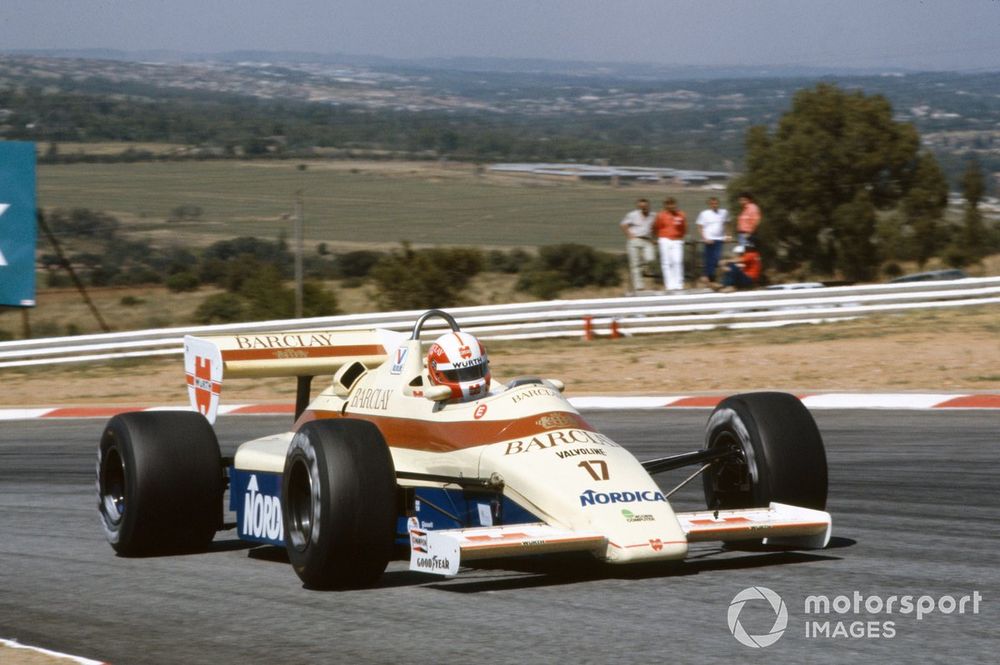Mercedes always had faith that its W15 Formula 1 car would be quick, and was actually surprised it could not deliver on its potential earlier in the campaign.
The German manufacturer went into F1’s summer break with a tally of three wins from the last four races, with George Russell having triumphed in the Austrian Grand Prix, and Lewis Hamilton adding victories in Great Britain and Belgium.
The success has come after a series of upgrades that arrived around the time of the Monaco Grand Prix helped unlock the better car balance characteristics that the team had been chasing.
Trackside engineering director Andrew Shovlin thinks that key to the team making the step forward was simply a gradual progression in its understanding of how to unlock the potential it knew its car had.
“It wasn’t so much a breakthrough moment,” he said. “I think we always thought this car, on its day, it seemed to be quick.
“But being able to do that across the whole weekend was a bit of a challenge for us in the early part of the year. It’s now more useable.

Andrew Shovlin, Trackside Engineering Director, Mercedes-AMG
Photo by: Erik Junius
“That’s not one development. That’s lots of things that we’ve done to try and get on top of those issues.
“As I said, we were surprised we weren’t quicker at the start. We thought we’d made a good car, and underneath it was a good car. It just had some problems that we had to get on top of. Now we’re seeing the result of that hard work.”
Shovlin thinks that progress with its car ramped up once Mercedes had a proper understanding of what was needed to make it quick.
“It is just a feature of how well the organisation’s working,” he said. “A lot of success in F1 is about learning, and it’s about ideas.
«At the moment, the rate of learning has been high this year and the generation of ideas has been good. Ultimately, that’s where all the new parts and new developments come from.”
Mercedes has also been helped by getting a better correlation between what its wind tunnel and simulation predictions are saying and what is happening in the real world.
“The better your models, the better you can develop offline,” he added. “As we have said, we’ve got lots of different models, and correlation is never perfect, but it’s an area where we’ve definitely seen improvement.
“That ability to model what the car is going to do is one of your best ways of developing these days, when you haven’t got endless amounts of tunnel testing or track testing.”




























